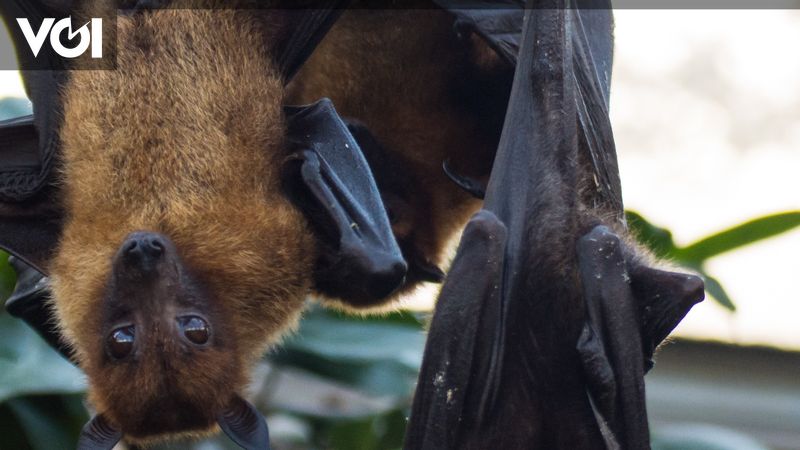JAKARTA – Health experts are currently wary of the emergence of the Nipah virus (NiV) back in a new pandemic. Much to my concern, the death rate from the Nipah virus is quite high.
Looking back at the first outbreak of the Nipah virus, the death rate for those infected with the virus is estimated to be between 40 and 75 percent. This fatality rate is much higher than COVID-19 deaths worldwide, which are currently around 2 percent.
Dicky Budiman, an epidemic specialist at Griffith University, called the Nipah virus one of the most feared diseases. In addition to the high death rate, the incubation period of an infected person is also quite long, up to a month.
“Nipah virus is one of the most feared diseases due to the combination of a long incubation period and a high mortality rate. It could be that three-quarters of the residents of an area would have died if there had not been treatment for this virus from the start, ”Dicky told VOI on Wednesday, January 27.
Browsing the official who page, it is explained that the Nipah virus first occurred in Malaysia in 1999. The infected humans are first and foremost a group of herders. The epidemic has infected nearly 300 people and more than 100 people have died.
During the first known outbreak in Malaysia and spreading to Singapore, most Nipah virus infections in humans were caused by direct contact with sick pigs.
The Nipah virus continued in Bangladesh and India in 2001. Initially, humans ate fruit or processed fruit contaminated with the urine or saliva of fruit bats. This kewan is possible to be a source of viral infection.
Human-to-human transmission of the Nipah virus has also been reported among families and nurses of infected patients. The way it is transmitted by droplets or splashes of saliva.
Symptoms
People infected with the Nipah virus initially experience symptoms, including fever, headache, muscle pain, vomiting, and sore throat. These symptoms may be followed by dizziness, drowsiness, change in consciousness, and neurological signs indicating acute encephalitis.
Some people may also experience atypical pneumonia and severe breathing problems, including acute respiratory distress. In severe cases, he may also have a coma attack within 24-48 hours.
The incubation period, that is, the time between infection and the onset of symptoms, ranges from 4 to 14 days. At most, there are examples of cases of Nipah virus infection that have an incubation period of 45 days.
There is no cure yet.
To date, there has been no specific drug or vaccine to treat cases of this virus, either in humans or animals. In previous outbreaks, the primary treatment for humans has been supportive care.
WHO has identified Nipah virus as a priority disease in whose research and development blueprint. In March 2020, the Coalition for Epidemic Preparedness (CEPI) released a budget of $ 25 million for research and clinical trials of the Nipah virus vaccine against humans.
The English, Chinese, Japanese, Arabic, and French versions are automatically generated by the system. So there may still be inaccuracies in translating, please always see Indonesian as our main language. (system supported by DigitalSiber.id)
– .


